The National Highway Traffic Safety Administration introduced new vehicle design rules. These regulations aim to reduce pedestrian fatalities in the US.
This marks the first time NHTSA has addressed vehicle design for pedestrian safety. The proposal could significantly impact future vehicle manufacturing.
SUV and Truck “Bloat” Targeted by New Regulations
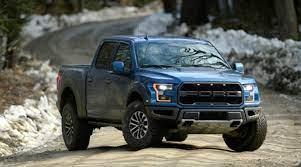
The rules address the trend of increasingly large SUVs and trucks. Larger vehicles have been linked to higher pedestrian fatality rates.
This move acknowledges the role of vehicle size in road safety. It challenges automakers to reconsider their design priorities.
Pedestrian Crash Test Dummies to Be Introduced

NHTSA’s proposal includes using pedestrian crash test dummies. This will be the first official use of such dummies in the US.
The tests will simulate head-to-hood impacts for adults and children. This method aims to improve vehicle design for pedestrian protection.
Rising Pedestrian Deaths Prompt Regulatory Action
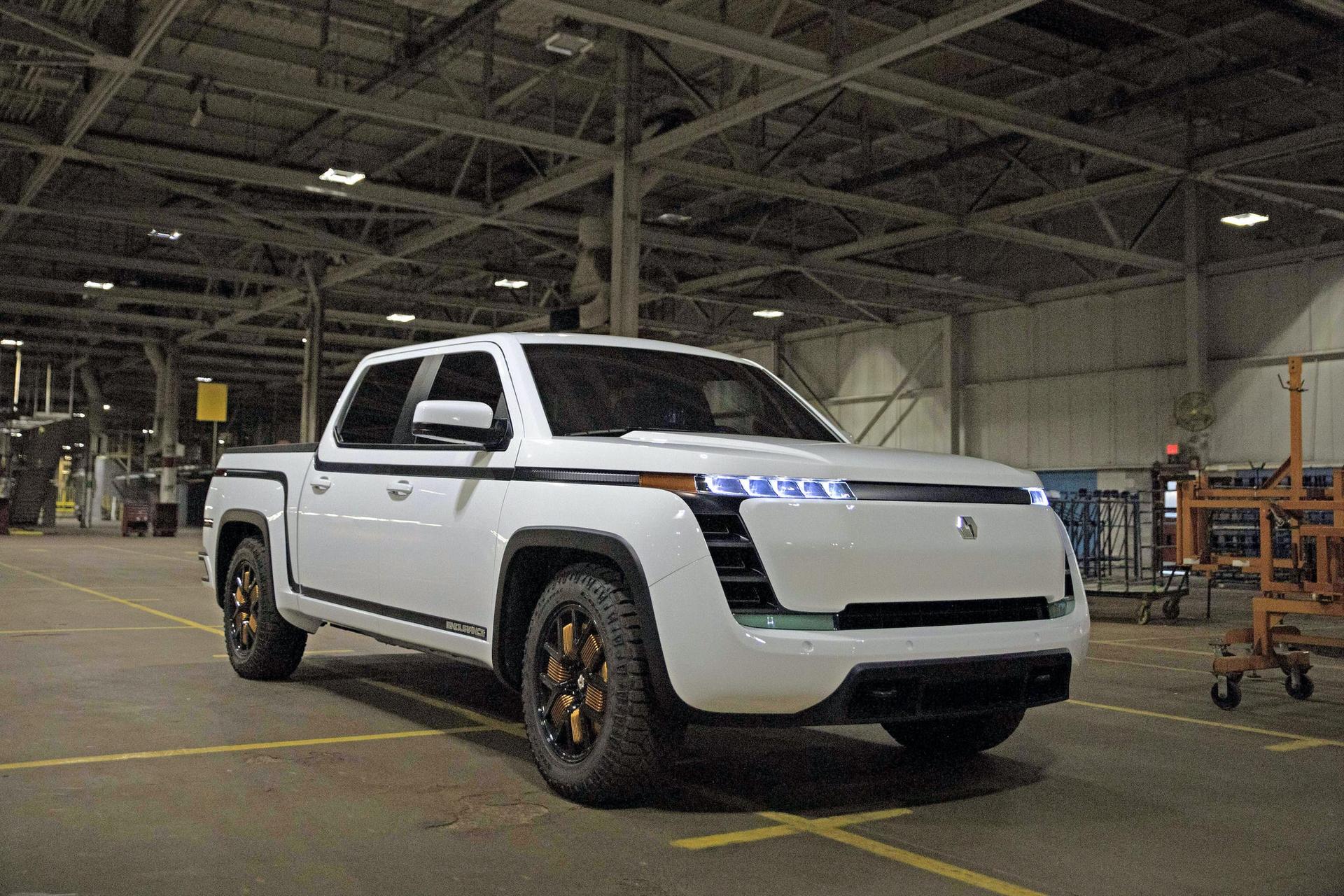
Pedestrian fatalities in the US increased by 57% between 2013 and 2022. In 2022, 88% of pedestrian deaths involved single-vehicle crashes.
These alarming statistics have driven the need for new safety measures. The proposed rules are a response to this growing crisis.
Vehicle Weight and Design Linked to Fatality Rates
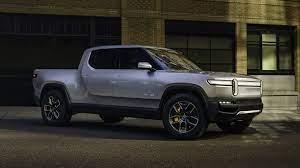
Studies show heavier vehicles and certain design features increase fatality risks. Vehicles with high hoods and blunt front ends are particularly dangerous.
The shift to electric vehicles has further increased vehicle weights. This trend underscores the need for design-focused safety regulations.
Automakers’ Focus on Technology Deemed Insufficient
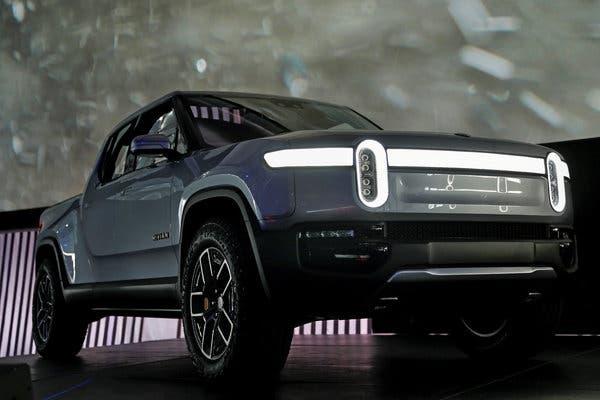
Car manufacturers often emphasize technological solutions for pedestrian safety. However, these measures don’t address the fundamental issue of vehicle design.
The new rules push automakers to consider physical design changes. This approach complements existing technological safety features.
Proposal Estimated to Save 67 Lives Annually
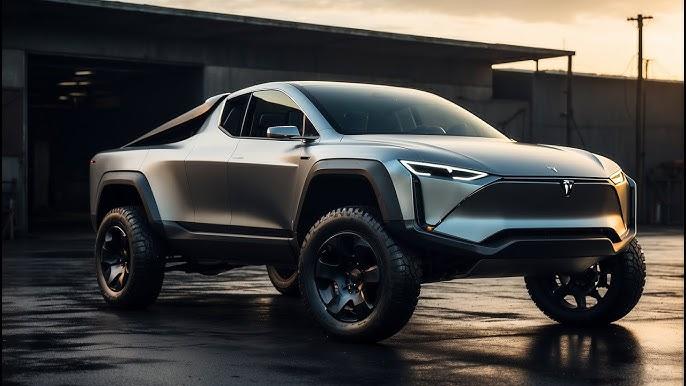
NHTSA projects the new rules could save up to 67 lives each year. While significant, some advocates argue this impact is limited.
The estimate highlights both the potential and limitations of design changes. It underscores the need for comprehensive road safety strategies.
US Regulations Lag Behind European Standards
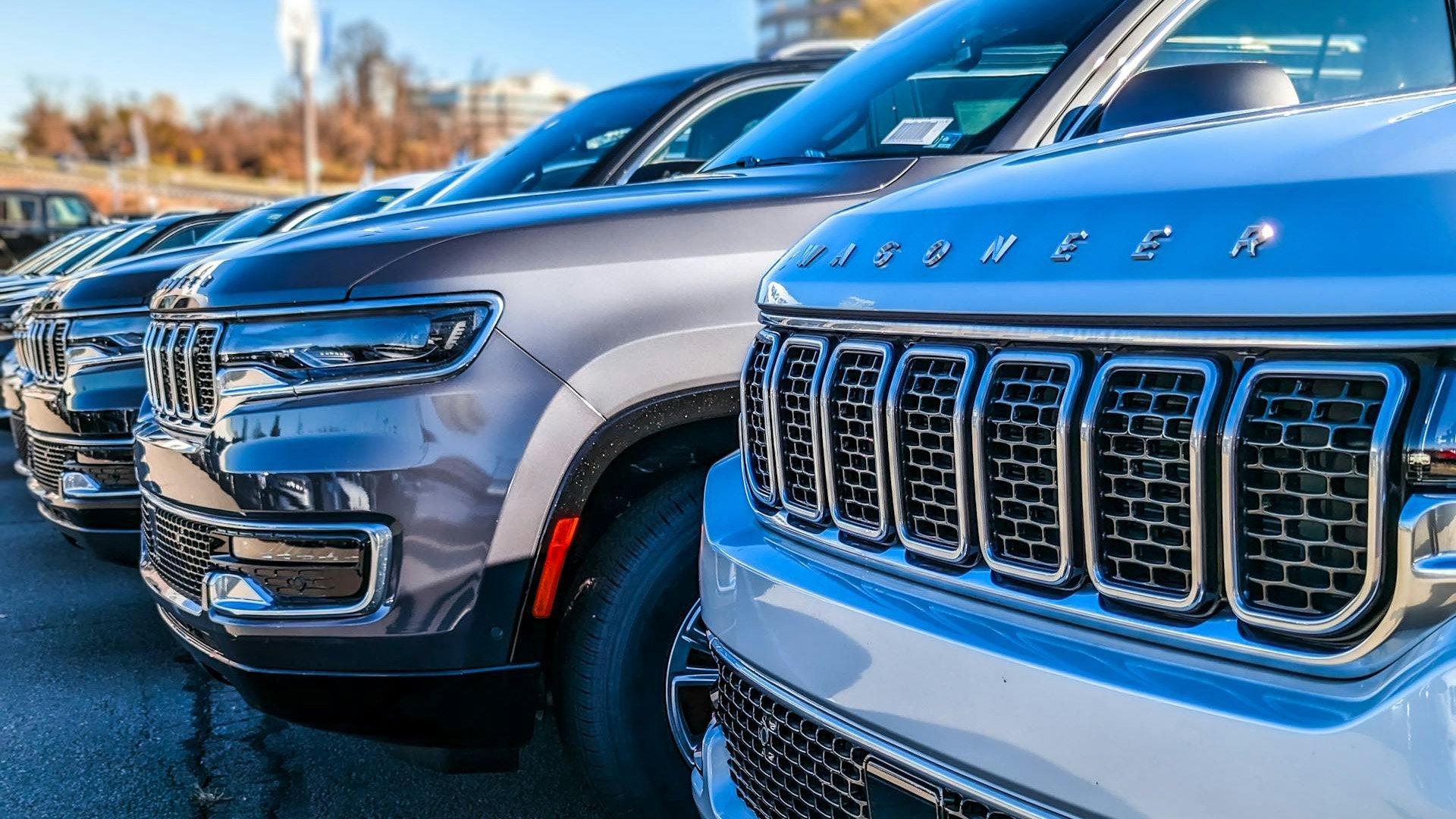
Safety advocates note that European pedestrian safety standards are more stringent. Many large US vehicles wouldn’t meet European regulations.
This comparison reveals a gap in US vehicle safety standards. It suggests potential for further improvements in US regulations.
Comprehensive Approach to Road Safety Needed
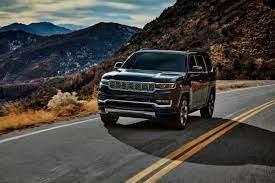
Experts emphasize that vehicle design is just one aspect of road safety. Lower speed limits, improved infrastructure, and law enforcement are also crucial.
The new rules are seen as a step in the right direction. However, a multi-faceted approach is necessary for significant change.
Industry Profit Margins May Influence Safety Decisions
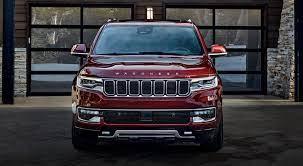
SUVs and trucks offer higher profit margins for automakers. This financial incentive has contributed to the trend of larger vehicles.
The new regulations may challenge this profit-driven approach. It raises questions about balancing safety with industry economics.


